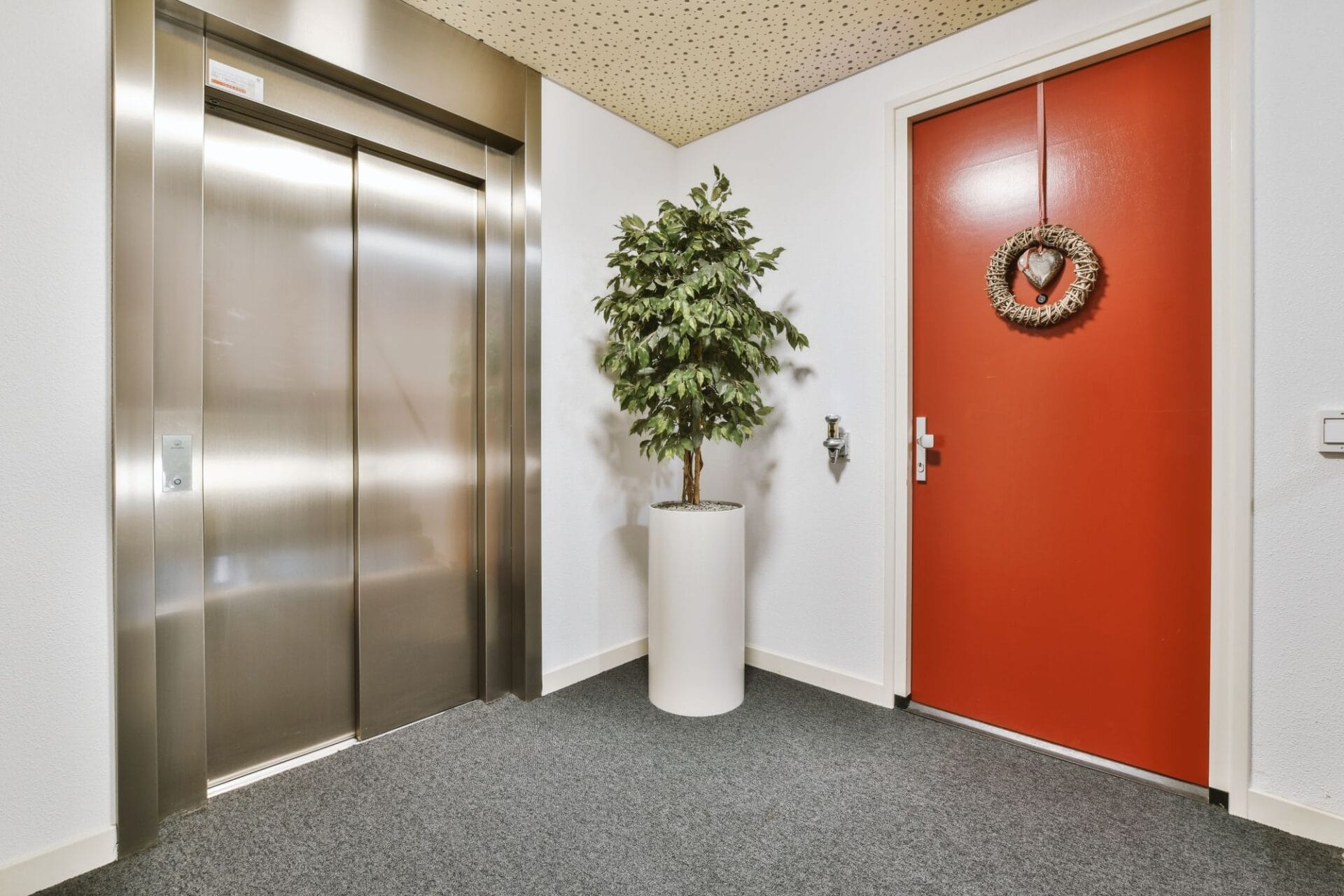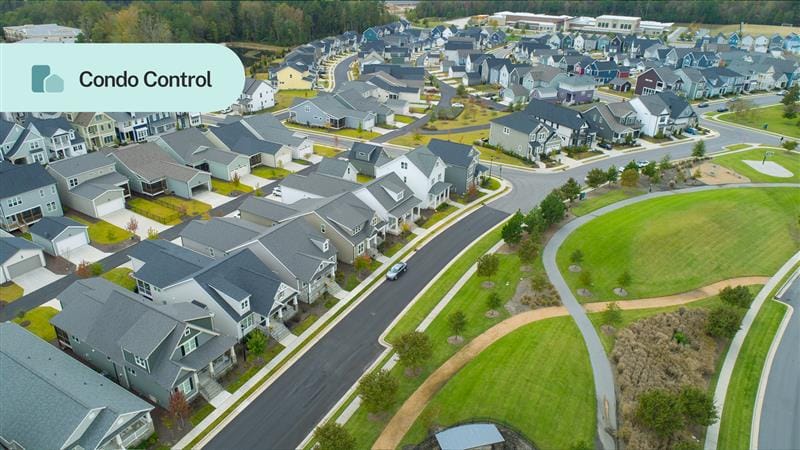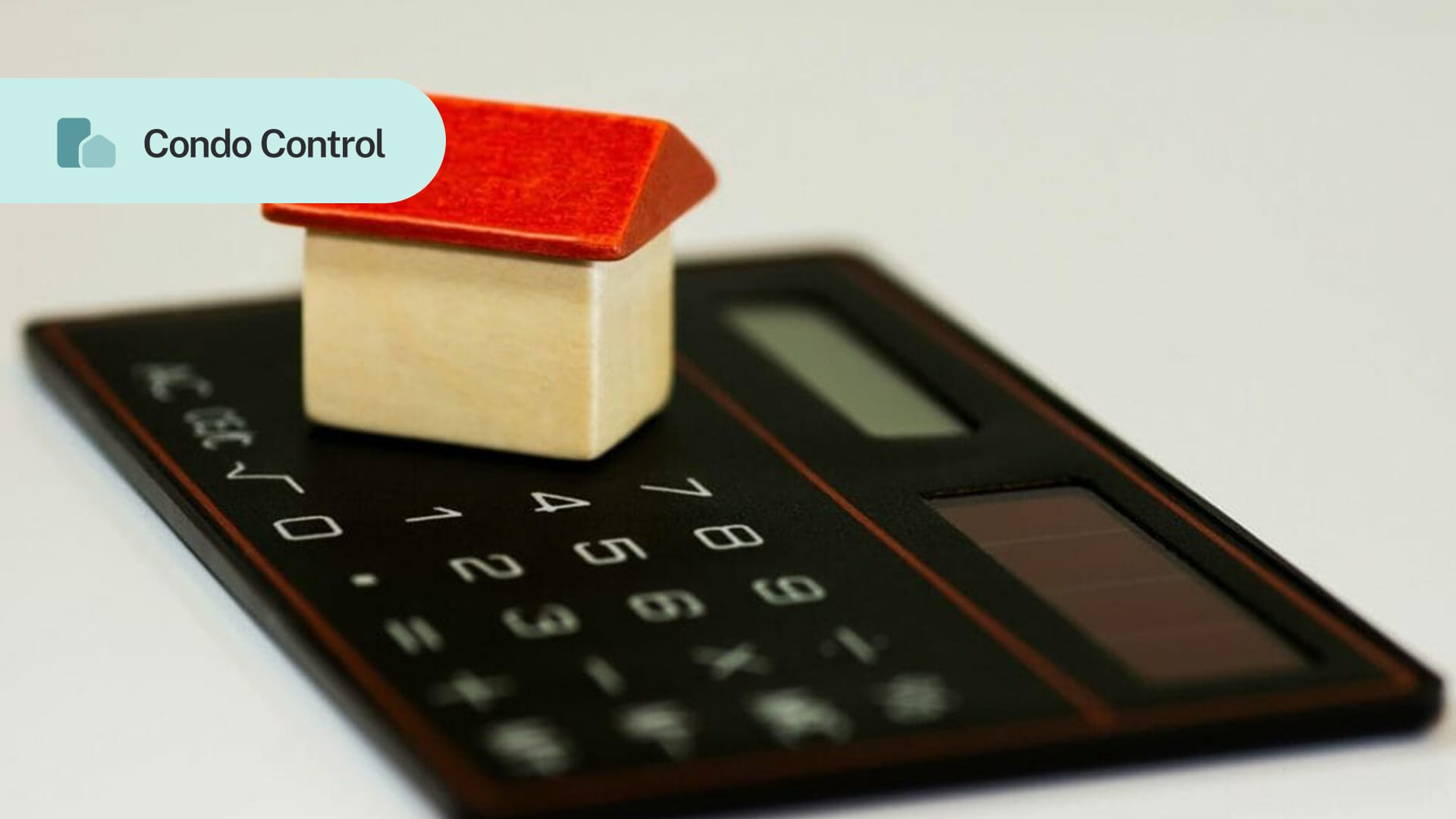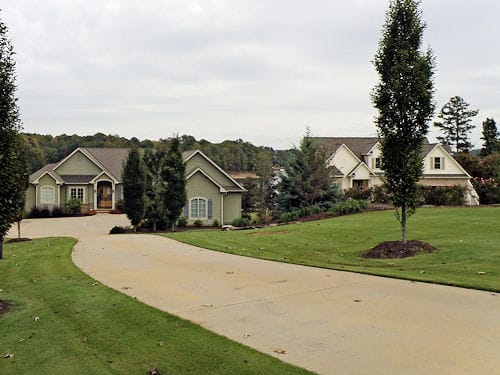People can pay for virtually anything online. From vehicles to subscription fees, we can make purchases and pay bills in a few minutes without ever having to leave home. Money moves faster when payments are made online, so it only makes sense that condo and HOA communities are making the switch from checks and cash to electronic payments.
Collecting fees electronically
Online payments make life easier for both the payor and the recipient. There are many benefits and conveniences to using electronic payments for condo fees and HOA dues. Associations are required to process thousands of dollars from owners each year, and it’s far easier to manage monthly payments when they’re not in check form. Instead of having to take money or checks from owners, the association or corporation gives owners the ability to cover fees using credit cards, pre-authorized debit, direct withdrawal, electronic funds transfer and/or ACH payments.
Depending on the options available, owners can log into their online banking account, or owner portal/account, and make a one-time payment or set up a recurring payment.
Owners can take care of more than their monthly dues. They can pay amenity fees, make FOB or locker purchases, and even pay for repair fees if that option is available to them.
Top reasons why condos/HOAs prefer online payments
1. More on-time payments
Online payments can lead to more on-time payments! This is for a couple of reasons. Owners can use a credit card, so even if they won’t be getting paid until after monthly dues are owed, they still have the ability to use another financial resource. Owners can also make online payments at any time. Instead of having to physically deliver dues to a manager or designated individual during specific times of the day, they can successfully make a payment by themselves.
2. Less administrative work
Another benefit of online payments is that tasks related to accounting become much easier to handle. Payments are received and processed automatically. That means less time spent on organizing payments, and fewer trips to the bank.
3. Better financial records
When payments are made online, online payment records are also available. Owners and management can see exactly what was paid for, and when a payment was made. Those in charge of the community’s finances can easily spot late payments, track monthly and annual revenue, and some online payment platforms even offer reporting.

This gives management the power to isolate and customize significant financial information pertaining to their condo or HOA. Accurate numbers can help boards make smart, informed decisions that will ensure the health and wellbeing of the community for years to come.
4. No more paper records
If condos and HOAs conduct most of their transactions online, they can significantly cut down on paper records. Less time is devoted to documenting payments by hand, and fewer resources are used for buying and storing the paper. Adopting green initiatives is also better for the environment.
5. Greater convenience for owners
Owners want to get this chore out of the way too. If fees can be handled online, they can make a payment twice as fast, and don’t even have to leave their couch to make the payment. This is extremely useful to owners who do not live onsite. They can easily make their payments on time regardless of whether they are in the same city, or even the same state.
Some things to consider before making the switch
Corporations and associations undoubtedly benefit from taking payments online. However, switching from traditional payments to digital payments will require some planning, patience, and communication.
How are payments processed?
The condo or HOA will first need to decide how payments will be accepted and processed. Many elect to stick with a traditional bank as it is a trusted service provider. Banks can oversee electronic payments via bank transfers, and will likely have an online platform that both the association/corporation and owners can use. Banks can also support recurring payments and electronic withdrawals.
Alternatively, there are many payment service providers such as Stripe or Clover that can handle the development’s online collections. These platforms provide owners with different payment options such as credit card, debit card, and e-check. Payment service providers make the integration process as simple as possible so that there is a relatively painless adjustment experience.
Just make sure to inquire about how much customer support the company will offer. Payment errors are rare, but will happen, and owners should be able to contact someone when something isn’t right. Also, ask questions about the company’s security measures and certifications. This is a top priority, and management must be vigilant about keeping owners’ personal information safe.
An in-house online payment system may also be an option of interest. This provides the condo or HOA with more control. However, it also requires more work. The board or management company will need to hire professionals to build a payment page, set up a secure server, obtain SSL certification, and test the platform.
Compare costs and fees
Associations/corporations will need to consider the fees or costs that come with implementing an online payment system. It will ultimately be the owners that pay for it, so the solution should offer value for their investment.
Different platforms will have different fees, and some may charge per transaction. Whatever the condo or HOA decides to do, make sure it understands the fees and costs that accompany the online payment system.
Getting used to a new system
Have a plan in place to help members access the new payment option. Owners may need to submit a document with their account number and banking information, or may not need to do anything if online payment options integrate with an existing owners’ portal. Advertise the new payment option so that everyone is aware of it, distribute clear instructions to all owners about how to make payments online, and if possible, block out an hour or two to offer extra help to those who need it. A tutorial may help convert some owners who don’t always feel comfortable using technology.
Conclusion
Many condos and HOAs still receive the bulk of payments in the form of paper checks. But it doesn’t have to be that way anymore. Checks are inconvenient, and take time to write and process. Whether they come through the mail or directly from the owner, checks have to be physically delivered before they can be processed. Due to the slow nature of this payment process, the development may receive payments late. Checks can also be misplaced, creating unnecessary stress for the owner and the person responsible for managing the money.
Online payments are much quicker, and significantly more convenient for owners and management. The money gets into the association’s/corporation’s account almost immediately, and no one has to worry about safeguarding physical checks. Owners can easily stay on top of monthly fees, as well as make payments for amenity fees or deposits, guest rooms, FOBS, and more. Online payment systems are secure and have become very user-friendly, making them an attractive choice for any condo or HOA.























